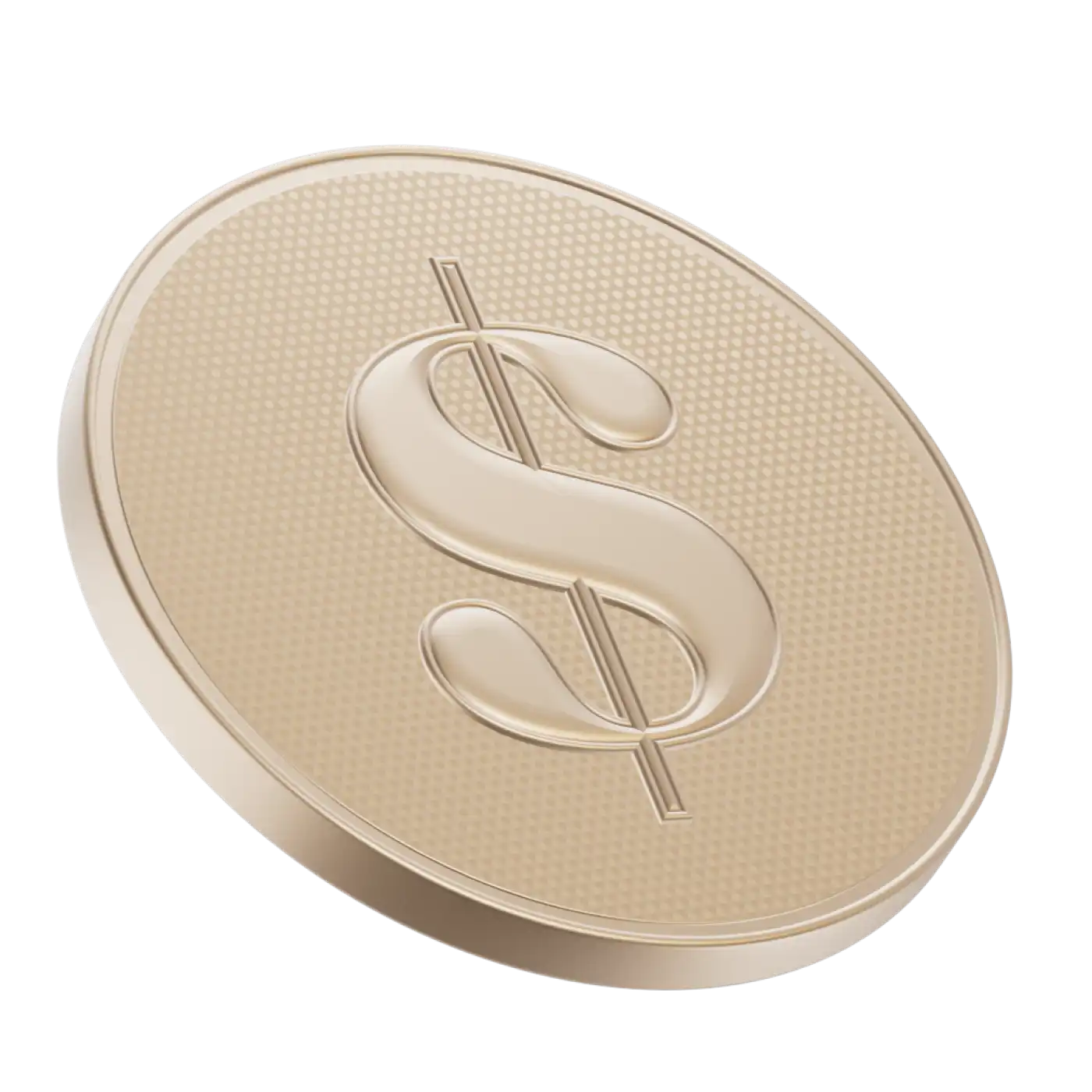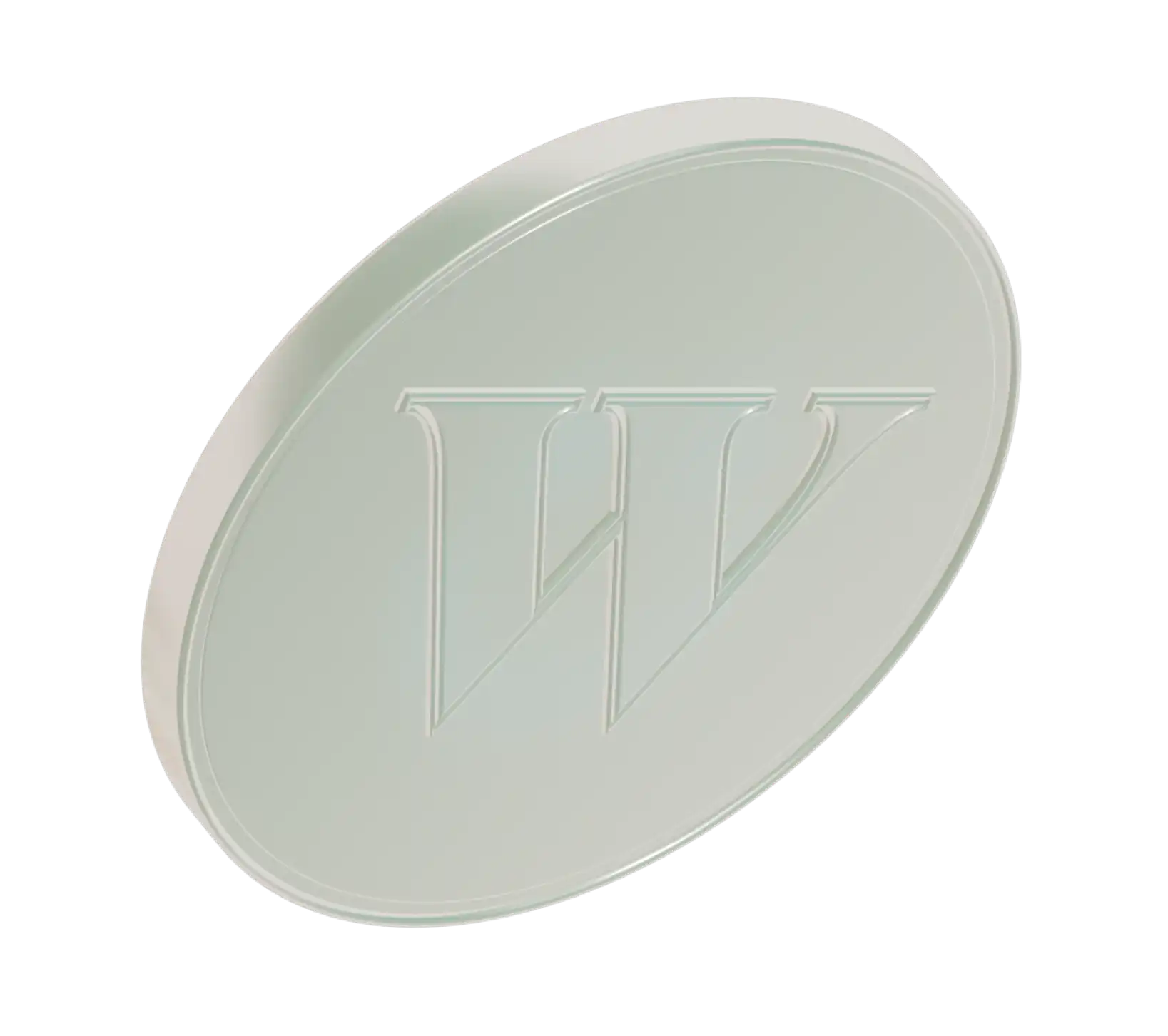Imagine this: You’re 45, sitting by your pool on a random Tuesday at 4 p.m., casually sipping a margarita you just made at your in-home bar. You feel perfectly at ease, because every couple of months, like clockwork, you’re getting a nice cheque from all those dividend stocks you so cleverly invested in 20 years ago. That’s the mental image people tend to have when talking about the benefit of dividend stocks. Unfortunately, it’s not quite as simple or glamorous as that (Financial matters rarely are.)
The one thing the pool fantasy gets somewhat right is that yes, dividend stocks do pay out regular dividends — meaning a part of their profits — to shareholders. Investors pursuing a long-term financial goal tend to favor dividend-paying stock because it can be an important step toward finally living off of a regular stream of income.
Dividend stocks also lend themselves well to DRIPs, where the dividends get reinvested and you earn interest on your interest (thank you, compound interest). Either way, dividend stocks can be a suitable investing choice if it aligns with your goals. But before you go Googling the average annual dividend yield of companies on the stock market, you should know a few things about dividend stocks and how to invest in them.
Which dividend stocks should you buy?
Buying dividend stock is like buying any other kind of stock. You need to choose what trading platform or brokerage you want to use, and then you determine your investing style. Do you want to buy individual stocks that pay dividends, or do you want to buy dividend exchange-traded funds (ETFs)? There are some pros and cons to each, like the fact that individual stocks tend to be associated with higher risk, but also have the potential for higher rewards. Either way, some quick research will help you see which companies pay dividends, and where you can buy shares.
It’s also worth accounting for the health of the companies paying dividends. What have their historical annual dividend payments looked like? Is the company financially stable? Have they steadily increased dividends over time? While none of these aspects guarantee future results, it will allow you to understand how a company’s dividend performance has been in the past. Companies with a history of financial stability and low volatility are also more likely to pay out dividends, since they have enough capital to do so.
What are the different kinds of dividends?
While most dividends are paid out quarterly, it’s important to know what kind of dividend you’ll be getting. There are three kinds:
Cash dividends, which are quarterly dividend payments made out to you, the stock owner, and taken from a company’s current earnings or accumulated profit.
Property dividends, when a company hands out property — which doesn’t necessarily just include real estate, but can also include other items of value, instead of cash.
Stock dividends, where a company gives you additional shares instead of cash. Stock dividends are usually given out within the framework of a DRIP. And don’t worry: If you’ve chosen to use a robo-advisor to help you manage your portfolio and are worried you’re missing out on DRIPs, there are plenty of platforms that will reinvest dividends for you.
What is a dividend yield?
When deciding what stocks to buy, having an idea of the dividend yield can help you refine your search. In broad terms, a dividend yield shows you how much a company pays in dividends each year relative to the company’s market price per share. High dividend yields can indicate that you’re likely to receive higher dividends, but don’t rely exclusively on that figure when making investing decisions, as a sudden increase in dividend yields can also be the result of a stock’s price rapidly falling.
What are the tax implications?
Dividends are considered income, so you’ll have to report them in your tax return. However, some dividends are classified as “qualified dividends” — dividends that have been held for a certain amount of time, usually 60 days, which means that they’re subject to capital gains tax. The tax implications of dividends can vary depending on your tax bracket. For lower-income investors (e.g., retirees), qualified dividends can be very attractive. But for higher-income earners or long-term investors, dividends tend to be much worse from a tax perspective compared to accumulating capital gains.
Pros and cons of investing in dividend stocks
Potentially getting a steady stream of income every couple of months sounds pretty good, right? And in certain cases, it is. Investing in dividend stocks is particularly useful if you’re incorporating them in a long-term wealth-generating strategy. This is particularly true if you take advantage of a DRIP. Thanks to the compound interest your dividends are generating, you’ll be earning interest on that interest as well.
For example, imagine that you own 1,000 shares of Company X. The stock is currently trading at $47 per share, and the annual dividend is $1.56 per share (or 39 cents per quarter). Instead of getting a quarterly cash payment of $390, that amount is reinvested and you’ll now have 1,008.29 shares of Company X instead. That means that your next quarterly dividends would now amount to $393.23, which would be reinvested again, meaning more shares and more dividends. For long-term wealth goals, DRIPs can be an attractive way to potentially generate higher returns than if you just cashed a check every quarter.
However, it’s not all rainbows and pool parties. While dividend stocks can be a good addition to a well-balanced portfolio, don’t rely too heavily on them. Focusing too much on dividend stocks usually leads down the slippery slope known as individual stock picking. This means that you’re relying too heavily on a few stocks that you hope are “winners,” but are left vulnerable if those stock prices start falling or something happens to the industry the companies are in. Your portfolio risks being less diversified if you’re focusing exclusively or heavily on dividend stocks, especially since dividend stocks tend to be more mature companies and industries.
If you want to diversify in a wide variety of stocks — including dividend stock — but want to stay away from individual stock picking, then an ETF, mutual fund, or managed portfolio might be a good option.
Another thing to keep in mind when considering dividend stocks is that at the end of the day, they’re still stocks. Which means that they’re going to inherently carry more risk than, say, bonds. So while the potential for high dividends is obviously tempting, it’s important to remember that the higher the potential reward, the higher the potential risk. This is why diversification is so important.


